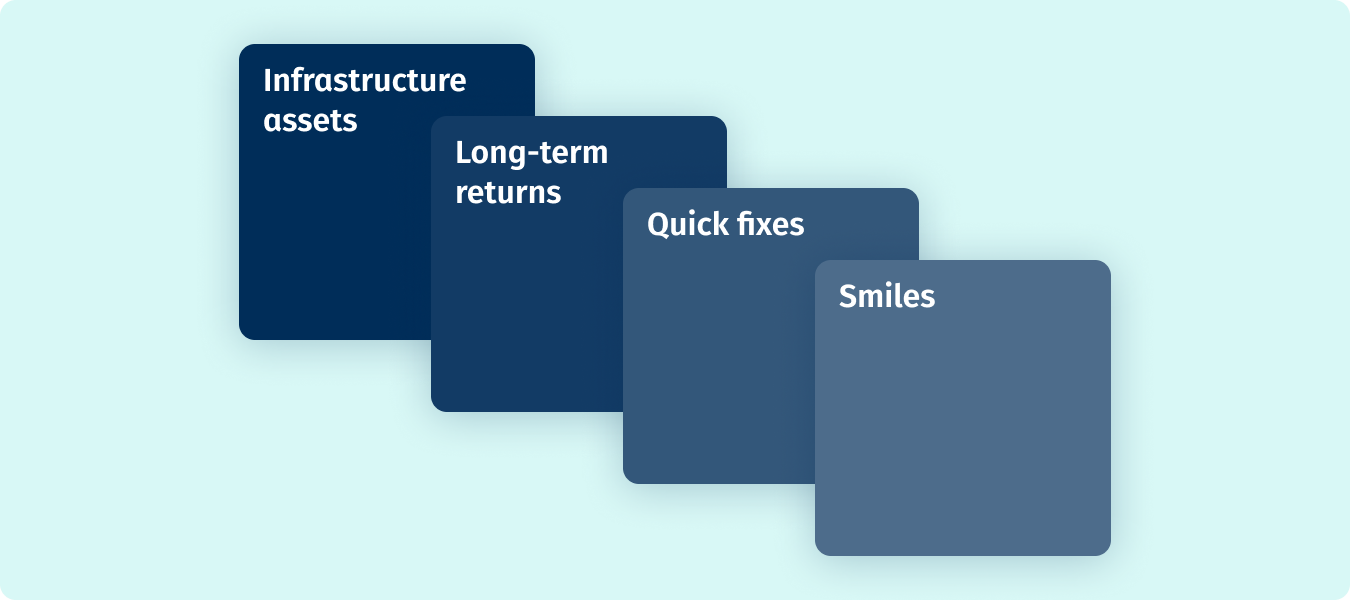— February 18th, 2021
This is my third and final blog on the topic, “Is communications a profession?”. In my past two posts, I argued that we are not a profession, and that to garner the respect that is generally given to licensed professionals, we need to develop consistent and research-based models of practice including diagnosis and assessment of outcomes.
The need to demonstrate results and impact has never been more pressing, but it’s certainly not a topic that’s new to the profession. We face significant challenges in demonstrating our impact including:
- We are not typically given the time and resources to perform an assessment of a project, including access to pre-and post data;
- It’s difficult to parse out the actual impact of a communications project because in real life, there are so many other variables that impact the behavior of our audiences;
- We can easily measure audience engagement with digital content (e.g. time spent on web pages, clicks) but without an effective employee communications platform it’s more difficult to show that this had any impact.
- Even when we do show some ROI, often the amount is often not seen as very significant
One major flaw in our practice is that we try to measure the outcomes of individual interventions rather than looking at the long-term impact of communications “rules and tools”: the strategies, practices, channels, and methods that we put into place that are the building blocks of reputation and culture.
I’ve proposed an (e)valuation model that helps us understand how we can apply different levels of assessment to better communicate the value of both short-term projects and long-term strategy.

Gayeski (e)valuation model copyright Gayeski Analytics
- Smiles - superficial methods of measuring satisfaction (audience surveys, clicks)
- Quick fixes – methods that measure the outcomes of an individual time-bound project such as how many employees filled out their benefits enrollment within the due date;
- Long-term returns – outcomes of coordinated strategies over time such as employee retention based on a strategy to increase online and in-person engagement;
- Infrastructure assets – measuring the contributions of communication systems to the bottom-line valuation of a business – such as its stock price.
Think of this hierarchy in terms of real estate. An attractive paint color might be pleasing to potential buyers and initially very compelling – but it doesn’t truly have much value because it can be easily and inexpensively changed.
If there’s a leak in a pipe, obviously there’s a need for an immediate fix – it is a necessary but not sufficient way to build value. Investing in improvements such as insulation might give an owner long-term returns in terms of reduced energy costs.
However, an infrastructure asset, such as a sturdy foundation that could support the addition of another story, or zoning that allows you to expand a property into a multi-family dwelling, or a modern electrical wiring system that enables a plant to expand its manufacturing equipment, can literally enable the transformation of the property into something quite a bit more valuable than its present state.
Getting that prized “seat at the table” means that we need to communicate in terms that are attention-getting to senior management. I’ve seen communicators brag about a project’s ROI when the impact was quite literally lunch money in an executive’s budget.
Using the model of infrastructure assets allows us to position communications systems as long-term assets that add to the intangible assets of a company- or to a stream of anticipated additional income or reduced expenses.
Developing standardized ways of accounting for the value of intangible assets such as brand strength, culture, and reputation is one way that communications could elevate its position in the corporate ecosystem.
It means collaborating with the professionals who create accounting standards and with researchers who have published studies that define attributes like reputation and innovation and demonstrate the impact these have on the business performance of actual companies.
Might this be the next step in our profession’s evolution?
